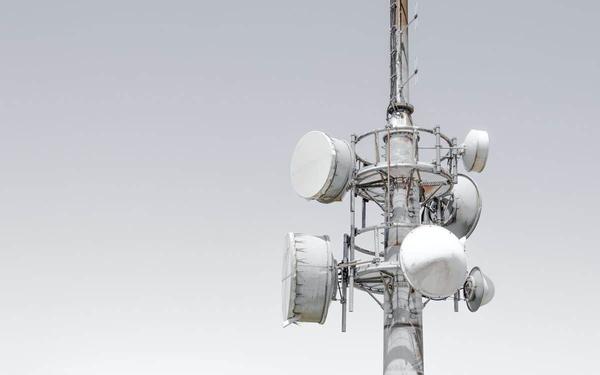Operators around the world are preparing to make 2G and 3G disappear.Indeed, the arrival of the 5G marks the end for these networks of an old time, which have become obsolete for the vast majority of smartphones.But what about other devices, such as cars, navigation or even medical equipment?For the latter, things get complicated.
It has been almost twenty years now that 3G has turned upside down our use of smartphones and many other devices.Descendant of 2G, itself capital in the development of several sectors, it has democratized internet access wherever you are, provided that it is not too close to loading speeds.Today is a page that turns.5G, deployed en masse around the world at the end of 2021, gradually buried its ancestors.At the rate of 1.5 million sites installed for more than 500 million users, the new generation network is gradually arguing its domination.
It is therefore natural that operators prepare the killing of 2G and 3G.The challenge today is indeed to release the bandwidth for the deployment of new 5G antennas and even proving 6G. Aux États-Unis, par exemple, les choses vont s'accélérer cette année pour AT & T, Verizon et T-Mobile, les trois opérateurs du pays.The first has been working on the task since 2017 for its 2G network, thus ensuring that 99% of its subscribers have at least went to 3G.T-Mobile signed the date of its 3G on July 1, 2022, Verizon before December 31.
On the same subject: 4G, 5G - operators must now display the carbon footprint of subscribers on the invoice
All over the world, it's the end of 2G and 3G

The United States is not the only ones to have started the transition.In 2019, the Chinese Ministry of Industry and Information Technologies announced that its 2G and 3G networks were disappeared.Then, at the end of last year, it was the turn of our friends across the Channel made an agreement with Vodafone, EE, O2 and Three UK to set up the "progressive suppression" of the networks of anothertime by 2033.
Indeed, Europe is a little lagging behind the rest of the world.Vodafone, among others, said that its 2G network will continue at least until 2025 in Belgium, which could be postponed in the future.As for France, the deployment of 5G with now more than 30,000 antennas on the territory will end up ringing the death knell for old networks.Google, it is no longer waiting for: Android 12 already offers to deactivate the 2G on its smartphone.
On the same subject: Free Mobile - Orange will continue to provide its 2G and 3G network in roaming until 2022
What consequences for the decree of 2G and 3G?
Although most users today have long abandoned 2G, some still persist in using the network.However, the Federal Communications Commission, in the United States, recalls that the phones that have remained on the 2 g and the 3 g will no longer be able to make or receive calls or messages once the networks have disappeared.And it does not stop there.
If you think you are not concerned, know that 3G is still massively used by modern smartphones.When the 4G or 5G connection is too low, it is the 3G network that takes over.In rural areas, many do not yet have access to the latest generation of telecom and must be satisfied with its elders.
The latter are not the only ones, since many transport modes count on 3G to find their way and navigate in the event of loss of wired connection, like boats.Cars marketed between 2010 and 2021 also use the network to download updates or display GPS data.In other words, these vehicles could become unusable once the current for the 3 g coupe.
Medical deserts, public services: what assessment of Macron on rurality?
What is the best Oppo smartphone to choose?
Good Plan: the recap of 4G packages on sale
The best phones in 2021 for photos and video